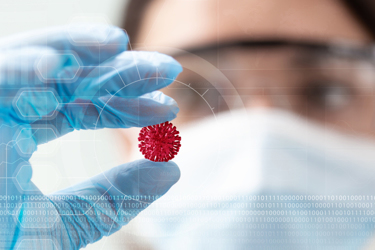Expert Q&A: Studying SARS-CoV-2 Infection With Lung Organoids

Researchers have been using lung organoids to better understand common respiratory conditions such as the flu, respiratory syncytial virus (RSV), and Zika virus. When SARS-CoV-2 first broke out in Wuhan, China, it was expected that organoids might offer hope in the fight against the emerging coronavirus.
Organoids have helped scientists learn more about the mechanics of SARS-CoV-2 infection, including aspects of ACE2 receptor binding and the cytokine storm. Studying infectivity has been instrumental in developing new treatments for COVID-19, the disease caused by SARS-CoV-2. It's too early to know for sure, but organoids might even help scientists study the viral variants making the novel coronavirus even more contagious.
These developments point toward an optimistic future post-pandemic.
How can scientists get started with organoids, and what should they know about SARS-CoV-2 infectivity? We caught up with Elizabeth Abraham, a business manager at Corning Life Sciences and Claire Zhang, an application scientist at Corning Life Sciences, to learn more.
Get unlimited access to:
Enter your credentials below to log in. Not yet a member of Cell & Gene? Subscribe today.
